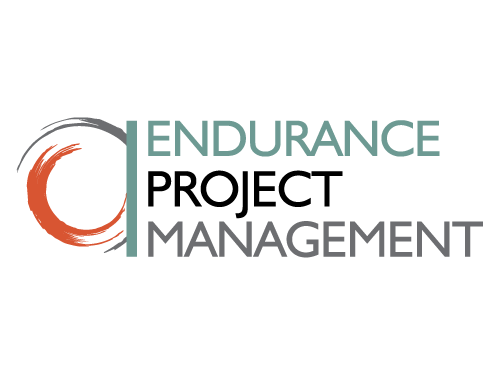innovate. execute. sustain.
Endurance Project Management employs an approach to systems change that addresses inequities at multiple levels: individual, institutional, and societal or cultural. It requires the integration of programmatic, policy, and public awareness strategies to address root causes. A program and its evaluation (impact or programmatic) must generate compelling data to change policy, influence key decision makers, and shift perception of stakeholders. When developing a systems change plan, EPM follows the following framework.
Systems Change
EPM’s approach to this work allows the voices of key stakeholders to be heard and included in the design process, opportunities for staff development, and ability to promote the change through process and outcome data. One of EPM’s strengths in this work is the understanding of the importance of operational protocol and the ability to navigate the fear of change.
Clarify and define the problem, root causes and approach. All stakeholders participating in addressing the systems change need to agree on the key objective and the role it will play in making tough decisions.
Use Human Centered Design methodology. Map the system, engage the voice of those impacted by the system (consumers/customers, frontline staff, community partners), analyze the data, prototype, pilot, and continue improvement.
Track data. Ensure that the program/pilot can track not only outcome data, but process level data. This allows leadership to identify challenges with the change versus staff capacity to implement the change.
Allow the system to adjust to changes. Include time for those implementing the process change or new program to have time to learn new roles and adapt to changing technology, resources, and policies.
Continuous improvement. Re-evaluate and access the change, engage all stakeholders, and adjust based on feedback and data.
Capacity building. Listed here as the final step, this takes place throughout the entire engagement. It is important that all stakeholders understand their role and the process for addressing challenges, and that there are materials to train new staff as organizations experience turnover.

